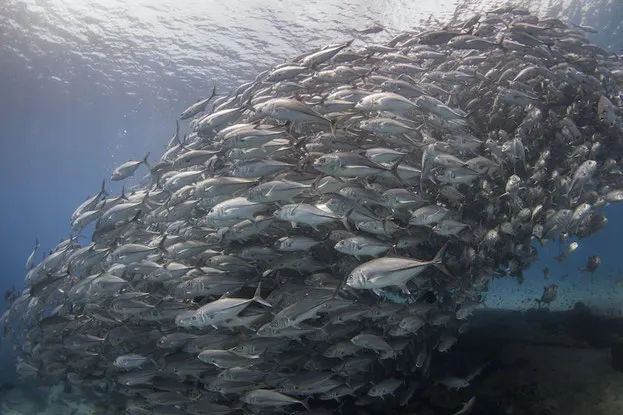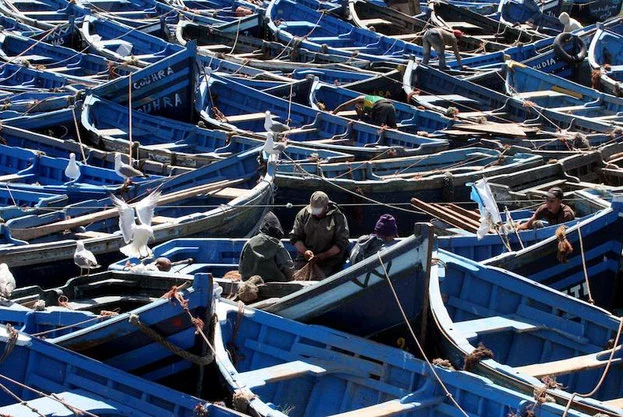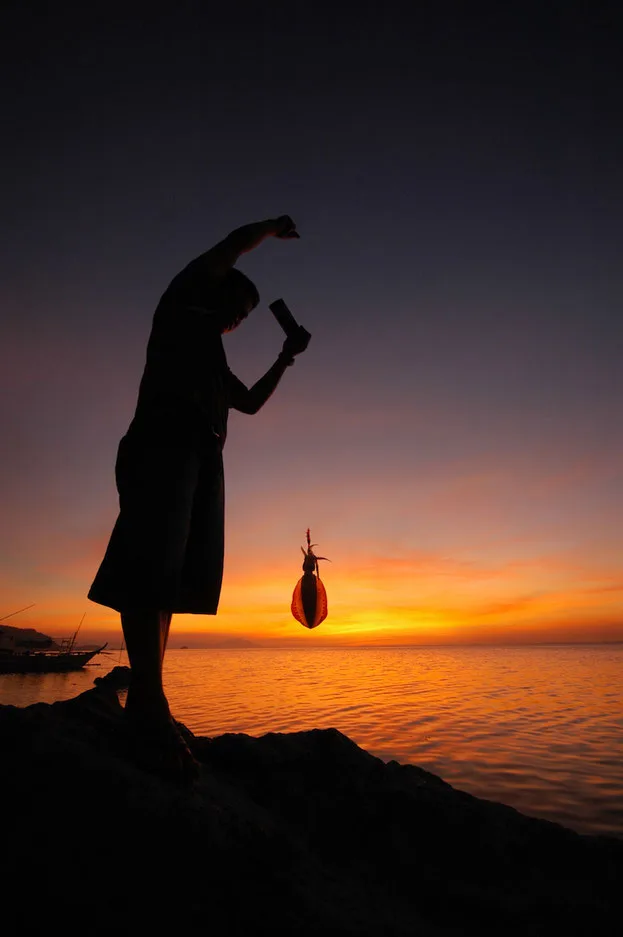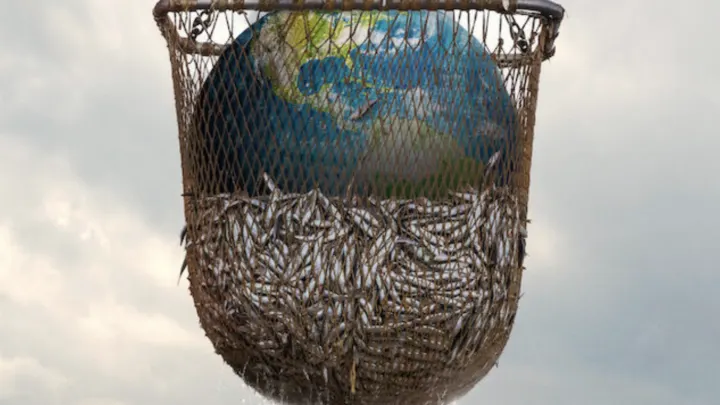No doubt you have heard the hype about Netflix’s latest enviro-hit Seaspiracy. A compelling ninety-minute feature dedicated to uncovering the horror that is human impact on the ocean.But just how much of the film should we be taking on board? How truthful is it? And how effective is the take-home message?
Girls that Scuba members Yolanda Waters and Sadiyah Rawat give their opinions on the film here.
* This is an opinion piece written by 2 guest authors, not the opinion of the Girls that Scuba community as a whole. Links included are for educational and further research reading.
Docu-spiracy – Are environmental documentaries showing you the whole picture?

Seaspiracy sheds light on a wide array of important issues; overfishing, by-catch and the human rights abuses in the commercial fishing industry. It also rightly points out that plastic pollution is perhaps the least of our concerns when it comes to saving the ocean. However, the documentary falls short on more than one account. Seaspiracy is densely one sided, scattered with dangerous blanket statements and out-of-context statistics, and deals largely in sensationalist views of complex environmental issues. Not to mention, it is quite clearly made for a western audience.
The filmmakers of Seaspiracy are on a mission to prove good versus evil, with little in between and with little concern for factual accuracy. In fact, scientists, NGOs and ocean conservation leaders have all spoken out about being misquoted and poorly represented throughout the film. In addition, in trying to convince us that all fishing is bad, Seaspiracy missed one crucial side of the story – not one single fisherman was interviewed or asked what they thought about the ocean running out of fish. Seaspiracy paints fishermen as the bad guys and environmental crusaders as the saviours of our oceans. However, and many scientists will likely agree, cutting fishermen out of the conversation will not help us save the ocean. Interdisciplinary collaboration between scientists, fishermen, activists, economists and policy makers is the only way to bring about the systemic change we really need. That is, we need all hands on deck to devise efficient solutions to restore ecosystems and rehabilitate global fish stocks.
Okay, so their argument is sloppy. What about their call to action? Seaspiracy’s message is loud and clear – if you want to save the oceans, you must stop eating fish. Which is not a bad start, but, unsurprisingly, the solution to overfishing is not that simple. First and foremost, this just isn’t possible for a lot of people and assuming that it is, comes from a deep place of privilege. Many coastal communities around the world rely on seafood for their income and main source of protein (around 3 billion people). Seafood plays a key role in global food security and cutting seafood and fishing out of their lives would have serious consequences. Seafood alternatives are just not easily accessible to everyone – a call to simply stop eating fish is completely unrealistic and let’s be honest, a little bit entitled.
“Seaspiracy’s message is loud and clear – if you want to save the oceans, you must stop eating fish. Which is not a bad start, but, unsurprisingly, the solution to overfishing is not that simple”
This call to action also ignores something crucial – there is such a thing as sustainable seafood. Numerous fisheries scientists have dedicated their entire careers to make sure that sustainability in the fisheries industry can be achieved, and while real issues surrounding global fisheries mismanagement do exist, to say that “there is no such thing as sustainable seafood” is scientifically incorrect. For example, what does the documentary make of fishing that’s not commercial fishing? What about the joys of seaweed and oyster farming? Of small-scale artisanal fisheries? Of indigenous fishing methods and knowledge? According to Seaspiracy if it involves fishing, it’s bad, fullstop. But this is not the case and implying otherwise misleads the audience and shifts the blame onto fishermen and seafood consumers. But we must remember that fishing is not the problem, overfishing is. In fact, scientific evidence shows that when fish stocks are managed sustainably, they replenish and can even become more productive in the long term.
But it raises awareness, so what’s the harm?

We must be careful when it comes to blockbuster documentaries like Seaspiracy, Cowspiracy, and even Sir. David Attenborough’s Our Planet. They often take advantage of emotive imagery and “shock factor” style reporting to gain our attention and distract us from the bigger picture. And what good is “raised awareness” if we are not given the whole story? If we are presented with inaccurate facts and misquoted experts?
So when it comes to environmental documentaries, how do we know when to take their word for it and when we are being misled? Here are some signs to look out for:
- A documentary that tries to cover several complex and interlinked issues (e.g. climate change, overfishing, plastic pollution, animal cruelty and slave labour), all within ninety-minutes should be an immediate red-flag. There is a fine line between addressing the way environmental issues are connected and muddling them all together, a line which if crossed can be seriously misleading. It allows the filmmakers to ‘pick and choose’ which aspects of each issue best suit their story and which do not. For example, in trying to take down the fishing industry, Seaspiracy briefly mentions and then dismisses the climate emergency and the impact of the fossil fuel industry on our oceans. Scientists unanimously agree that climate action is vital if we want to restore the health of our ocean, not to mention that climate change also threatens global fish stocks, but this didn’t fit a “go vegan” narrative and so, was conveniently left out.
- If the call to action seems too easy to be true, it probably is. Environmental documentaries tend to boil down complex issues into bite-sized solutions – often simple, convenient and palatable lifestyle choices that are only accessible to western audiences. While these actions might still be good to do, they give the impression that small individual changes are how we will save the planet. This is neither helpful nor true. The real answer to all our current, complex, and connected environmental crises is better civic and social engagement. That is, working together and using our voices to pressure governments and corporations into making stronger, equitable, collaborative, evidence-based policy and regulatory decisions.
- There is no human side to the story. Environmental problems are caused by humans, affect humans and can only be solved by humans. Therefore environmental documentaries must address this human dimension in their storytelling. This means including the communities, cultures and traditions of the countries being reported on and engaging with locals rather than portraying them as hostile. There’s a lot to be learnt from indigenous communities about traditional ecological knowledge on sustainable seafood harvesting, restoring and protecting ecosystems and we should be listening to them. Our environmentalism must be inclusive, collaborative and fair – there is no environmental justice without racial, social and economic justice. We’re all in this together after all.
So, what should we do?

If you do decide to sit down and watch Seaspiracy this weekend (or any environmental documentary for that matter), here are some things to keep in mind:
- Take it with a heaping spoon of sea salt and know that it is not the whole story (solutions are never that simple).
- Take note of who is telling the story and to whom (whose voices are they highlighting and who is missing from the conversation).
- If you find something interesting, dig a little deeper yourself. Find reliable resources, talk to people, start conversations – the internet can be a wonderful thing.
- Find and support individuals, groups and communities who have been working on all of the issues mentioned in the documentary for decades (i.e. overfishing, sustainable seafood, slavery in the seafood industry, climate change, animal rights, plastic pollution etc.).
- Don’t be afraid to get political, even if it pushes you out of your comfort zone! Remember that our potential as change-makers goes far beyond what is on our plates.Sign those petitions, write to your local reps, call out corporations – hold those in power accountable.

About the Author
Yolanda Waters from Australia is an environmental social scientist, dive instructor and coral reef enthusiast. Her research focuses on how to engage the public with ocean conservation behaviours, particularly those related to climate change. Sadiyah Rawat, from Mauritius, is an oceanographer, dive master and freediver. Her research interests are the effects of climate change on marine ecosystems, more specifically, the Antarctic Large Marine Ecosystem. Both authors are passionate ocean advocates and believe in the importance of science communication.

